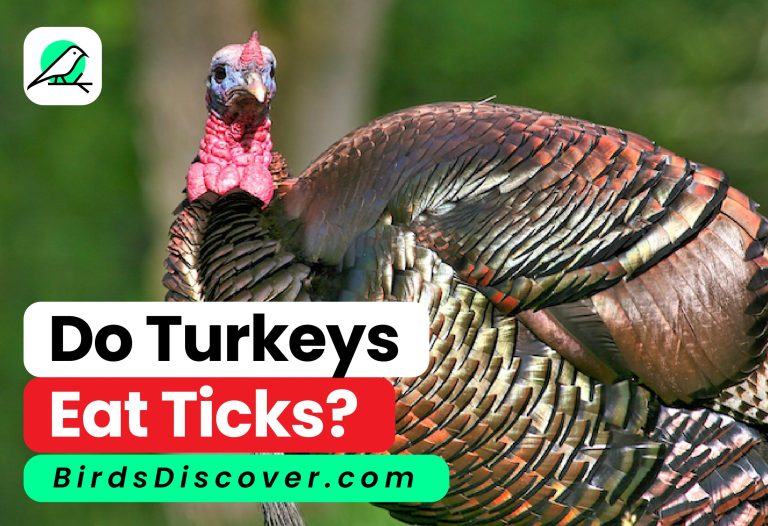TRUTH BEHIND SWAN TEETH Fact or Fiction
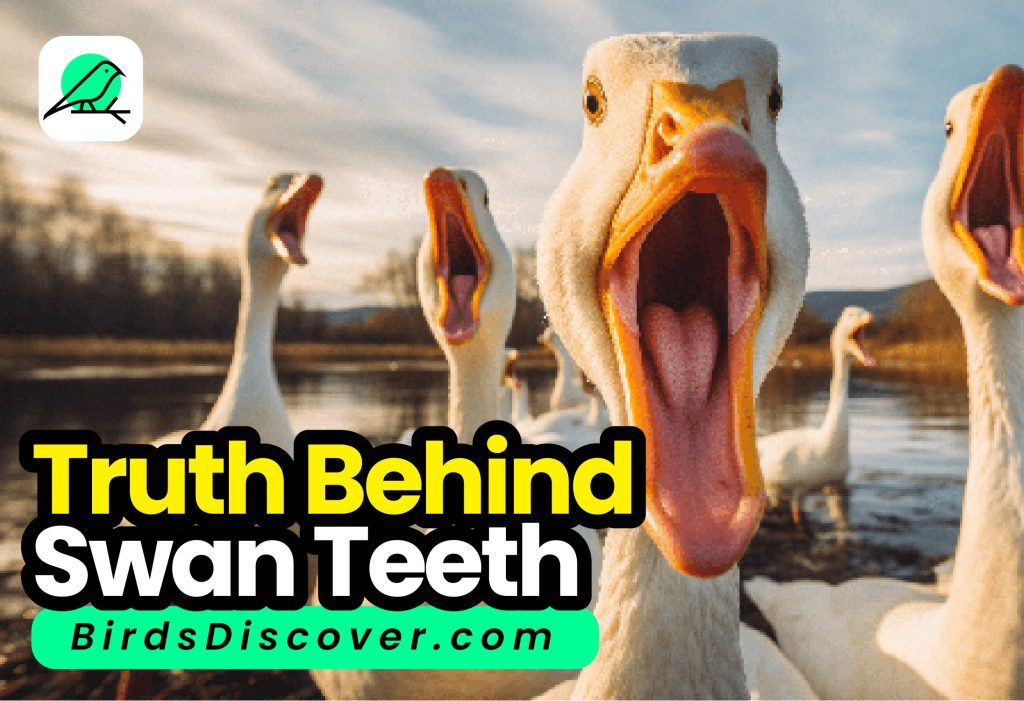
The serrations on their beaks aid in grasping slippery prey.
Their diet is diverse, focusing on various aquatic organisms.
Protecting their habitats is crucial for the survival of swans.
Swans Teeth
Swan Teeth are majestic waterfowl renowned for their graceful presence and striking beauty. With their long, elegant necks, large bodies, and distinctive white plumage, swans are often seen gliding serenely across lakes, rivers, and ponds. They are known for their monogamous nature, forming lifelong pair bonds and engaging in elaborate courtship displays that include synchronized swimming and mutual preening. Swans are highly territorial during the breeding season, defending their nesting sites fiercely against intruders. Their diet primarily consists of aquatic vegetation, though they may occasionally consume small invertebrates. Swans are found across the Northern Hemisphere, with species such as the mute swan, trumpeter swan, and whooper swan each occupying different regions and habitats. Their elegant appearance and harmonious behavior make them symbols of beauty and grace in many cultures, while their complex social structures and vocalizations offer a fascinating glimpse into their lives.
Swans do not have teeth; instead, they possess a specialized feeding mechanism adapted to their aquatic diet. Their bills are equipped with serrated edges called lamellae, which function like filters. These lamellae are used to grasp and filter aquatic vegetation, such as algae and pondweed, from the water. By sweeping their bills through the water and using a comb-like action, swans can efficiently separate their food from the surrounding water. This adaptation allows swans to feed effectively on their preferred diet of aquatic plants and small invertebrates without needing teeth. The absence of teeth and the presence of lamellae are key features that differentiate swans from many other birds, enabling them to thrive in their watery habitats.
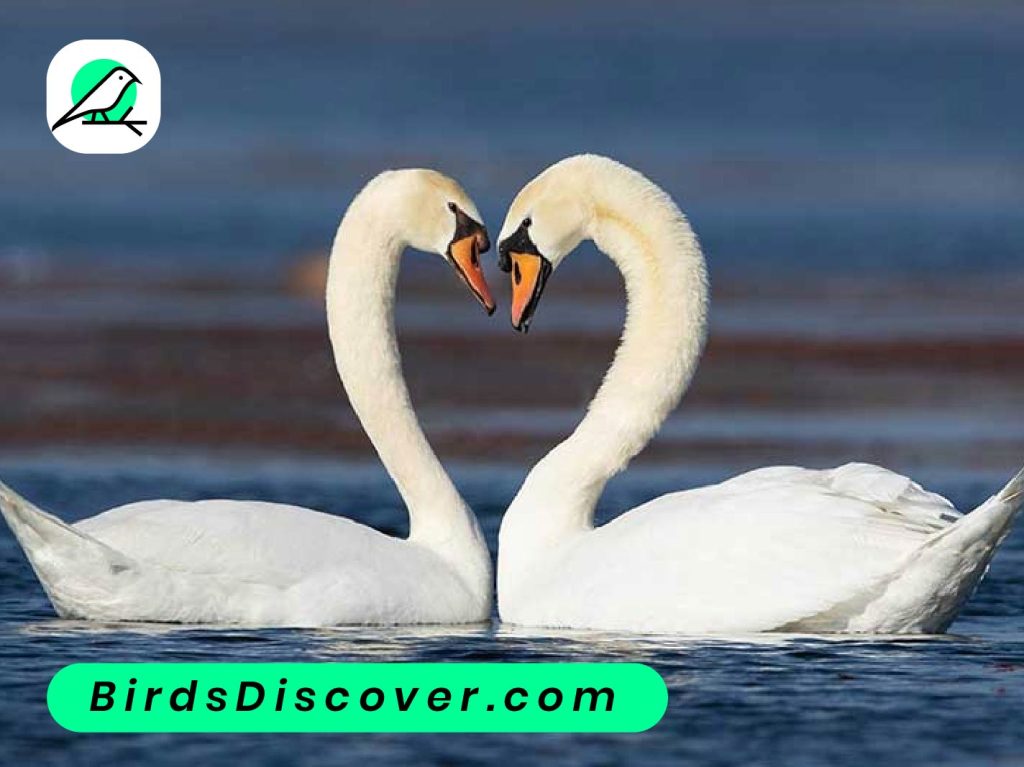
Swan Beak Look Like
A swan’s beak is a distinctive and vital feature adapted to its diet and lifestyle. The beak is broad, flat, and slightly curved, tapering to a pointed tip. Its color varies among species, ranging from orange to black or a combination of both. The upper mandible is often more pronounced and extends over the lower mandible, which helps in grasping and manipulating food. The edges of the beak are lined with specialized structures called lamellae—fine, comb-like projections that act as filters. These lamellae are crucial for the swan’s feeding behavior, allowing it to sift through water to catch aquatic plants, insects, and small invertebrates. The beak’s robust structure and serrated edges reflect its adaptation to a diet of aquatic vegetation and its role in the swan’s elegant, serene feeding style.
Swan Beaks Work?
A swan’s beak functions as a highly specialized tool for feeding and interacting with its environment. Here’s how it works:
- Filtering: The beak is lined with lamellae—fine, comb-like structures that help the swan filter food from the water. As the swan dips its head into the water and sweeps its beak from side to side, the lamellae trap aquatic plants, small invertebrates, and other food particles. The water flows through the beak, and the food is collected and swallowed.
- Grasping and Manipulating: The broad, flat surface of the beak allows swans to grasp and manipulate vegetation. The swan uses its beak to pull up or nibble on aquatic plants like algae, pondweed, and reeds. The pointed tip of the beak helps in uprooting plants or picking apart food items.
- Preening: Swans also use their beaks for preening, which involves cleaning and arranging their feathers. By using their beaks to spread oil from their preen glands, swans maintain the waterproofing and cleanliness of their plumage.
- Social Interaction: The beak plays a role in social behaviors, such as grooming and courtship displays. Swans often use their beaks to engage in mutual preening with their mates, reinforcing their pair bonds.
Overall, the swan’s beak is a versatile and essential tool that supports its feeding habits, maintenance of plumage, and social interactions.
| Beak Part | Description |
|---|---|
| Mandibles | The two parts of the beak: the upper mandible (top) and lower mandible (bottom). The upper mandible usually extends over the lower. |
| Lamellae | Fine, comb-like structures along the edges of the beak that filter food from water. |
| Tip | The pointed or slightly rounded end of the beak used for grasping and manipulating food. |
| Nostrils | Located on the top part of the beak, these openings allow the swan to breathe and smell while feeding. |
| Preen Gland | Located near the base of the beak, this gland secretes oil used for maintaining feather waterproofing. |
Do Swan’s Tongues Contain Teeth?
No, swans’ tongues do not contain teeth. Instead, swan tongues have a specialized structure adapted for their feeding habits. The surface of a swan’s tongue is covered with small, comb-like projections called papillae. These projections help in gripping and manipulating food, particularly aquatic vegetation. The tongue aids in drawing food towards the back of the throat for swallowing but lacks actual teeth or lamellae found on the beak. This adaptation complements the beak’s filtering and grasping functions, allowing swans to efficiently feed on a diet of aquatic plants and small invertebrates.
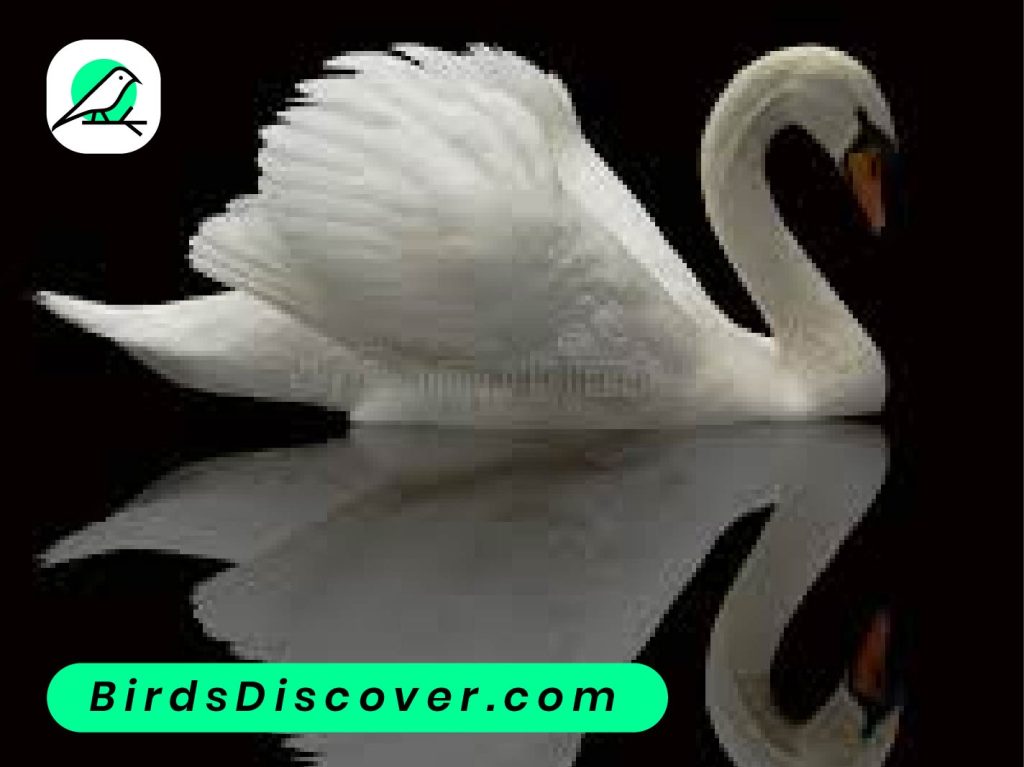
Swan are Aggressive?
Swans can be quite aggressive, especially when defending their territory, nests, or young. They are known to be very protective and will use their size, strength, and sharp beaks to fend off perceived threats. During the breeding season, swans may display aggressive behaviors such as hissing, flapping their wings, and making loud, threatening calls to ward off intruders. They might also charge at or peck at potential threats to protect their nests or cygnets. While swans generally exhibit calm and graceful behavior in their day-to-day activities, their protective instincts make them formidable defenders of their space.
Do Swan Injure People?
While swans are generally not dangerous to people, they can and do cause injuries if they feel threatened or if their nests or young are approached. Swans are equipped with powerful wings and sharp beaks, and they may use these physical attributes defensively. Aggressive behaviors can include:
- Wing Flapping: Swans may flap their wings forcefully to deter intruders.
- Hissing and Snapping: They may hiss loudly and snap their beaks to intimidate perceived threats.
- Charging: In some cases, swans may charge at people or animals that come too close to their nests or young.
Most injuries are minor, such as scratches or bruises, but in rare cases, more severe injuries can occur, especially if someone is struck by the swan’s powerful wings or beak. It is always best to observe swans from a safe distance and avoid disturbing their nesting or feeding areas to prevent any aggressive encounters.
Food Swan Consume?
Swans have a varied diet primarily consisting of aquatic vegetation, but they also consume other types of food depending on their environment and availability. Here’s a breakdown of what swans eat:
- Aquatic Vegetation: Swans feed extensively on water plants such as algae, pondweed, and water lilies. They use their beaks, equipped with lamellae (comblike structures), to filter and grasp these plants from the water.
- Grasses: On land, swans may graze on grasses, especially during the breeding season or when aquatic food sources are scarce.
- Seeds and Roots: Swans occasionally consume seeds and roots of aquatic plants, which are accessible from the mud or shallow water.
- Invertebrates: While less common, swans may eat small invertebrates like insects, snails, and crustaceans, particularly when they are young and need additional protein for growth.
- Occasional Small Fish: Although not a primary food source, swans might eat small fish or tadpoles if they are easily accessible.
Swans are primarily herbivores and their diet is adapted to their habitat, allowing them to thrive in both aquatic and terrestrial environments.

The Swan Feeding
Swans have a distinctive feeding behavior adapted to their aquatic environment. They primarily feed by foraging in water, using several techniques:
- Dabbling: Swans often feed by dabbling, where they lower their heads and necks into the water to reach aquatic vegetation. They use their beaks to filter and grasp plants like algae, pondweed, and water lilies.
- Upending: In deeper water, swans may practice upending. They float on their backs with their tails sticking up out of the water, extending their necks to reach underwater plants.
- Grasping and Manipulating: On land or in shallow water, swans use their beaks to grasp and pull up grasses and other vegetation. Their beaks are equipped with lamellae, fine comb-like structures that help filter out food particles from the water.
- Grazing: When feeding on land, swans graze on grass and other plant materials. They use their beaks to pluck and consume these terrestrial plants.
These feeding behaviors are supported by the swan’s specialized beak structure, which allows them to efficiently access and process their primarily herbivorous diet.
Foods You Should Avoid
Feeding swans and other wildlife can be harmful if inappropriate foods are given. Here are some foods to avoid:
- Bread: Although commonly fed to ducks and swans, bread offers little nutritional value and can lead to health problems such as malnutrition and obesity. It also pollutes water bodies, encouraging the growth of harmful algae.
- Crackers and Chips: Similar to bread, processed snacks like crackers and chips lack nutritional value and can cause digestive issues in swans.
- Lettuce and Other Leafy Greens: While these are often thought to be a healthy choice, leafy greens can cause digestive problems due to their low nutritional value and high water content.
- Fruit: Many fruits, particularly those high in sugar or with pits, are not suitable for swans. Fruits can lead to imbalance in their diet and digestive issues.
- Cooked Foods: Any form of cooked food, such as pasta, rice, or meat, is unsuitable. Cooked foods can upset the natural balance of a swan’s diet and may introduce harmful ingredients or chemicals.
- Pet Food: Pet foods, including dog or cat food, are not appropriate for swans and can lead to health problems due to their specific formulation for pets.
- Human Food Scraps: Any human food scraps, especially those containing salt, sugar, or spices, should be avoided as they can be harmful to swans.
Feeding swans a proper diet is crucial for their health. If you wish to help, it’s best to provide appropriate food specifically designed for waterfowl or ensure their natural habitat provides adequate nutrition.
Foods to Avoid for Swan
Certainly! Here’s a list of foods to avoid feeding swans:
- Bread: Low nutritional value, can lead to malnutrition and water pollution.
- Crackers and Chips: Processed, high in salt, and offer no nutritional benefit.
- Lettuce and Leafy Greens: Low in nutrition and can cause digestive issues.
- Fruit: High in sugar and may cause dietary imbalances.
- Cooked Foods: Includes pasta, rice, and meat; can upset their digestive system.
- Pet Food: Formulated for pets and not suitable for swans.
- Human Food Scraps: Often contain salt, sugar, or spices that are harmful.
Avoiding these foods helps ensure the health and well-being of swans.
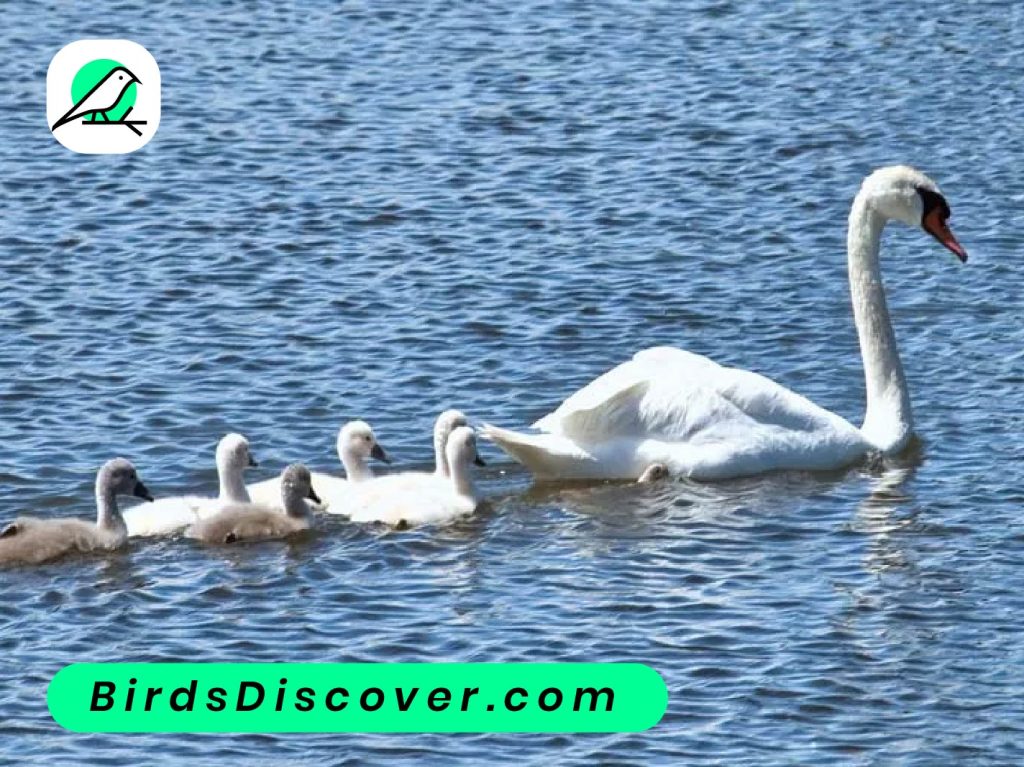
How Swan Digest Food
Swans have a specialized digestive system adapted to their aquatic diet. Here’s a look at how they digest their food:
- Beak and Tongue: Swans use their beaks and tongues to grasp, filter, and manipulate food. The beak’s lamellae (comb-like structures) help in filtering out aquatic plants and small food particles from the water.
- Swallowing: Once food is collected, swans swallow it whole. Unlike many birds, swans do not have a crop (an enlargement of the esophagus used for storing food), so the food moves directly into their stomach.
- Gizzard: The swallowed food passes into the gizzard, a muscular, thick-walled part of the stomach. The gizzard grinds and breaks down the food mechanically. This process is aided by small stones or grit that swans ingest, which help to grind the tough plant material.
- Digestive Enzymes: From the gizzard, the food moves into the digestive tract, where it is mixed with digestive enzymes and acids that further break down the food into nutrients.
- Absorption: Nutrients are absorbed in the intestines. The swan’s digestive system extracts essential nutrients from the food, such as proteins, fats, and carbohydrates.
- Excretion: The indigestible parts of the food, along with waste products, are then excreted from the body through the cloaca, the common exit for the digestive, urinary, and reproductive systems.
This efficient digestive process allows swans to utilize their aquatic environment effectively, processing a diet primarily composed of aquatic vegetation and occasionally small invertebrates.
Essential Reminders For Feeding Swans
Here are some essential reminders for feeding swans:
- Provide Appropriate Food: Feed swans suitable food such as specially formulated waterfowl pellets or chopped vegetables like carrots and lettuce. Avoid processed or harmful foods.
- Avoid Overfeeding: Limit the amount of food you provide to prevent dependency and obesity. Swans should primarily forage naturally.
- Maintain Cleanliness: Do not feed swans near polluted or contaminated water sources. Keep feeding areas clean to avoid introducing harmful substances.
- Respect Their Space: Observe swans from a safe distance and avoid disturbing their nesting or resting areas.
- Do Not Feed Bread: Bread and other processed foods can be harmful to swans, causing health problems and water pollution.
- Monitor Health: Watch for signs of malnutrition or illness, and seek help from wildlife experts if needed.
- Consider Natural Foraging: Allow swans to forage naturally as much as possible, as this supports their natural behaviors and diet.
Following these guidelines helps ensure the well-being of swans and supports their natural behaviors.
Misconception About The Swan Teeth’s in The Top 5 Countries
There are several misconceptions about swans and their feeding adaptations, including misunderstandings about their beaks and the role of lamellae. Here’s a look at common misconceptions about swan beaks, or “teeth,” in five countries:
1. United States
- Misconception: Swans have teeth in their beaks.
- Reality: Swans do not have teeth. Instead, their beaks are equipped with lamellae, which are comb-like structures that help filter and grasp food.
2. United Kingdom
- Misconception: Swans’ beaks are sharp and dangerous like actual teeth.
- Reality: While swans’ beaks can cause injuries if they feel threatened, they are not sharp like teeth. The beak is adapted with lamellae for filtering food, not for biting.
3. Australia
- Misconception: Swans can bite like mammals with teeth.
- Reality: Swans use their beaks for feeding and defense, but their beaks are not equipped with teeth. The lamellae along the beak edges serve as a filtering mechanism rather than a biting tool.
4. Canada
- Misconception: Swans use their beaks to chew food, similar to how mammals use teeth.
- Reality: Swans do not chew food. Their beaks are used to filter and manipulate food, and they rely on their gizzards to grind and digest food.
5. India
- Misconception: Swans’ beaks have sharp ridges like teeth for tearing food.
- Reality: Swans’ beaks are lined with lamellae, not sharp ridges. These lamellae help in filtering aquatic plants from the water rather than tearing food.
Understanding these misconceptions helps clarify the unique adaptations of swan beaks and supports accurate knowledge about their feeding behaviors.
when a swans mate dies?
When a swan’s mate dies, it can have significant emotional and behavioral impacts on the surviving swan, as many swan species form long-lasting monogamous bonds. Here’s how swans typically respond when their mate dies:
- Grief and Mourning: Swans may exhibit signs of distress and mourning following the death of their mate. This can include increased vocalizations, changes in behavior, and visible signs of agitation.
- Isolation: The surviving swan might isolate itself from other swans and human activity, spending time alone or in seclusion.
- Disruption of Routine: The daily activities and routines of the surviving swan, such as foraging and territory defense, may be disrupted. The swan may appear less active or less interested in its usual activities.
- Seeking a New Mate: In some cases, the surviving swan may eventually seek out a new mate. Swans may engage in courtship behaviors with other individuals and form new pair bonds. This process can be gradual and may take time.
- Territorial Changes: The death of a mate can lead to changes in territory dynamics. The surviving swan might have to defend the territory alone or might eventually vacate the territory in search of a new one.
Swans are known for their strong pair bonds, and the death of a mate is a significant event in their lives. The surviving swan’s response can vary depending on individual temperament and circumstances.
Swans: How to They Stay So White
Swans maintain their pristine white plumage through a combination of grooming behaviors and natural adaptations. Here’s how they keep their feathers looking so clean and bright:
- Preening: Swans use their beaks to preen their feathers. This involves rearranging feathers, removing dirt and parasites, and applying oils from the preen gland located near the base of their tail. This oil helps to keep their feathers waterproof and in good condition.
- Bathing: Regular bathing is crucial for swans to keep their feathers clean. Swans often bathe in water, where they splash and dip their bodies to remove dirt and debris. This helps to maintain the cleanliness and brightness of their plumage.
- Molting: Swans periodically molt, shedding old feathers and growing new ones. During the molting process, they replace worn or damaged feathers with fresh ones, which contributes to their overall appearance.
- Feeding Habits: By consuming a diet primarily consisting of aquatic vegetation and occasionally small invertebrates, swans avoid substances that might stain their feathers. Their diet helps maintain the health and appearance of their plumage.
- Behavioral Adaptations: Swans often engage in behaviors that keep their feathers in good condition. For example, they may shake their bodies to dislodge loose feathers and debris, further aiding in their maintenance.
Overall, the combination of grooming, bathing, molting, and careful feeding allows swans to keep their feathers clean, bright, and in optimal condition.
lifespan of a swan?
The lifespan of a swan varies depending on the species and environmental factors. Generally:
- Mute Swan: 10 to 20 years in the wild, with some reaching up to 25 years in captivity.
- Trumpeter Swan: 15 to 20 years in the wild, with some living over 25 years in captivity.
- Whooper Swan: 15 to 20 years, though they can live up to 25 years in captivity.
- Tundra Swan: 10 to 15 years in the wild, and slightly longer in captivity.
Factors influencing their lifespan include predation, habitat quality, and availability of food.
Summary
Swans are elegant waterfowl known for their striking white plumage, long necks, and graceful swimming. They inhabit a range of freshwater environments, including lakes, rivers, and ponds. Swans are monogamous, forming lifelong pair bonds and engaging in elaborate courtship rituals. They primarily feed on aquatic vegetation but may also consume small invertebrates and occasional seeds. Swans maintain their pristine appearance through regular preening, bathing, and molting. Their lifespan varies by species, typically ranging from 10 to 20 years in the wild, with some reaching over 25 years in captivity. Although generally peaceful, swans can be territorial and defensive, especially during nesting periods. Their combination of beauty and behavioral complexity makes them a fascinating and cherished part of their ecosystems.
FAQS
What do swans eat?
Swans primarily feed on aquatic vegetation, including algae, pondweed, and water lilies. They may also eat grasses, seeds, and occasionally small invertebrates.
How long do swans live?
The lifespan of a swan varies by species, generally ranging from 10 to 20 years in the wild. Swans can live longer in captivity, often reaching up to 25 years.
Do swans mate for life?
Yes, many swan species form monogamous pairs and stay together for life. They engage in elaborate courtship displays and often remain with their partner year-round.
How do swans stay so white?
Swans maintain their white plumage through regular preening, bathing, and molting. They use their beaks to clean and oil their feathers and remove debris.
Are swans aggressive?
Swans can be aggressive, especially when defending their territory, nests, or cygnets (young swans). They may use their powerful wings and sharp beaks to deter threats.


